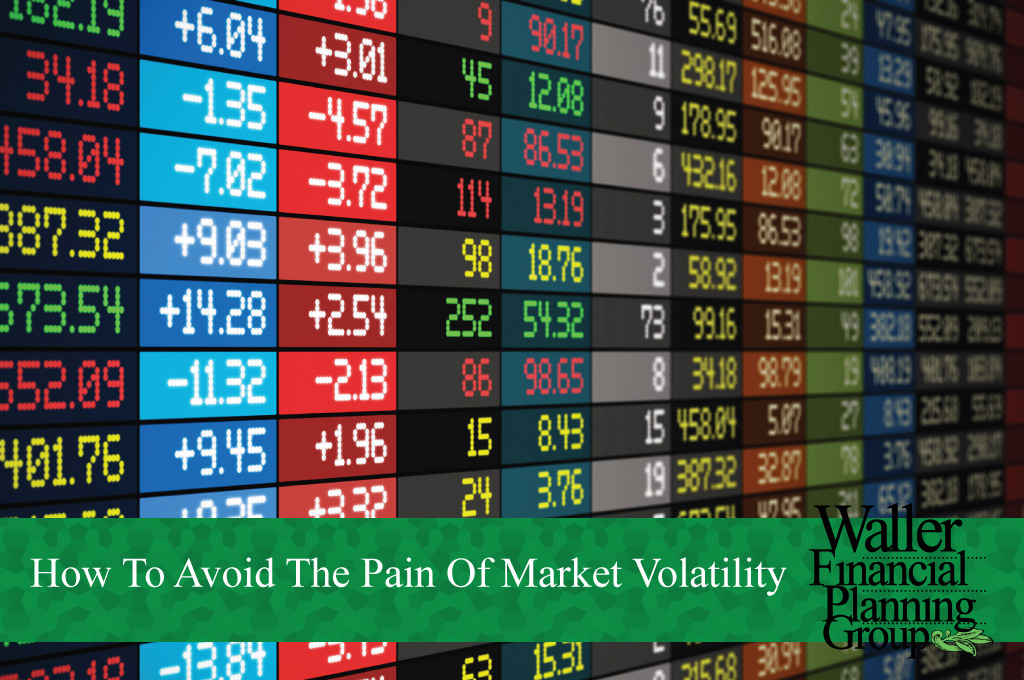
There’s no question that we experience emotional pain and anxiety when our portfolios are losing money during market downturns. Behavioral scientists have identified people feel losses twice as much as gains. But that does not help us though, because what we really want to know is how can we make these downturns feel less painful? For many, the typical answer is to sell, inevitably at the wrong time, and lock in the losses.
Economist Richard Thaler conducted a stock market experiment that offers some excellent insight. He asked people to select one of two investment options, one option that was much more allocated to stocks, which offered higher returns and higher volatility. The other option had a lower allocation to stocks and offered lower returns and less volatility. Half of the people were shown how that investment would have panned out eight times in the next year, while the other half were only shown the result once a year. In other words, some were looking at the stock market roller coaster eight times as often as the others.
You can probably guess the result: those who saw their results eight times a year only put 41% of their money into stocks. Those who saw the results just once a year invested 70% in stocks. The more often you look at your portfolio, in good times and bad, the more pain and anxiety you are likely to experience, and the more cautious you tend to be.
In a recent blog post, a market analyst looked at all the bear markets and bull markets going back to 1928 and found something interesting. The bull markets, on average, delivered 57% returns, while bear markets, on average, lost 24% of the market’s value. The bull runs lasted, on average, 474 days, while bear market drops were more intense, compressed into an average of just 232 days before the next upturn.
In other words, the significant declines were only about half the size of the gains and were much shorter in duration; however, because they were much shorter in duration they were felt much more harshly. Bull markets do not attract a lot of attention and move more gradually than the eye-catching downturns. Over time, they generate twice the upside as bear markets do on the downside.
We agree with the findings of Thaler: the best way to avoid the mental anguish of market downturns is to spend less time looking at your portfolio. You miss the two steps forward, and most importantly, you also miss the more traumatic one step backward.
Source:
http://awealthofcommonsense.com/2016/02/why-bear-markets-are-so-painful/





